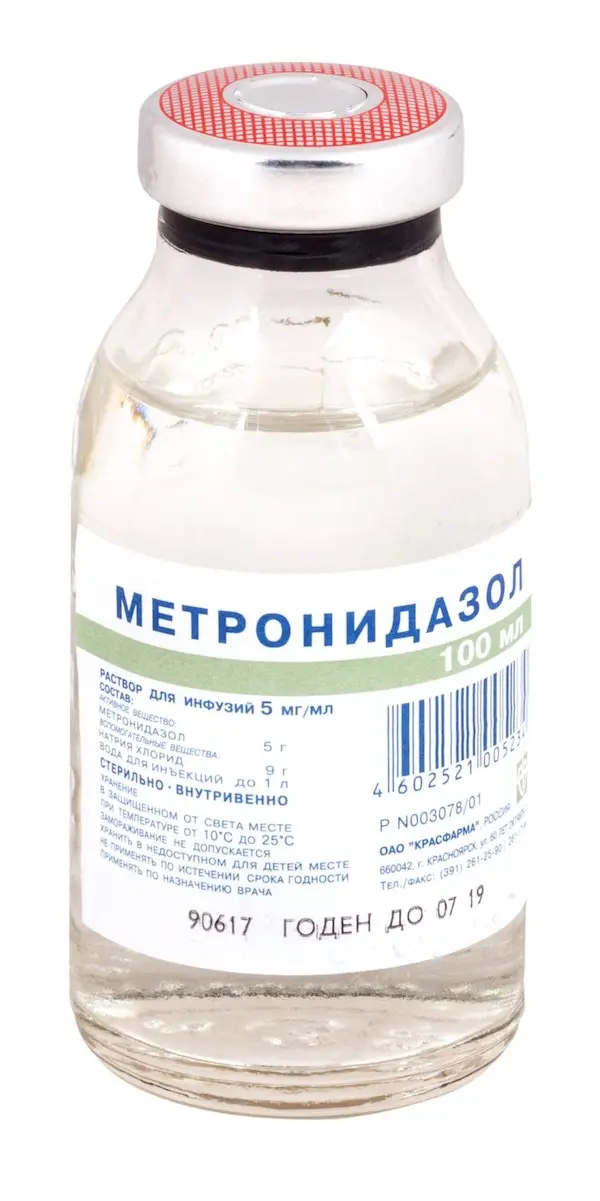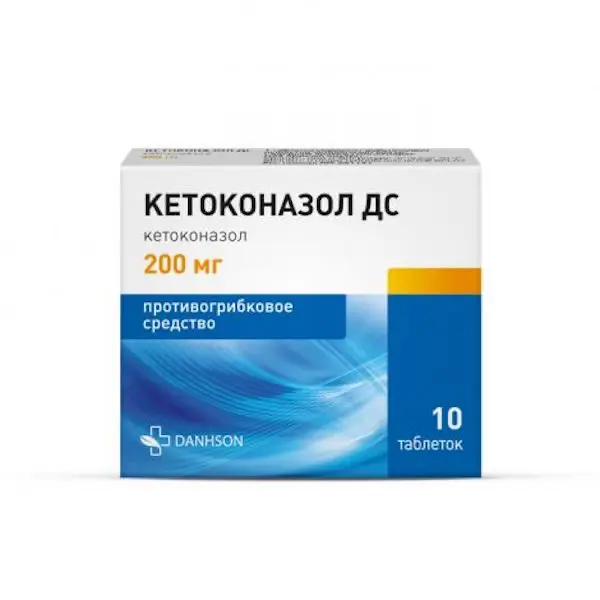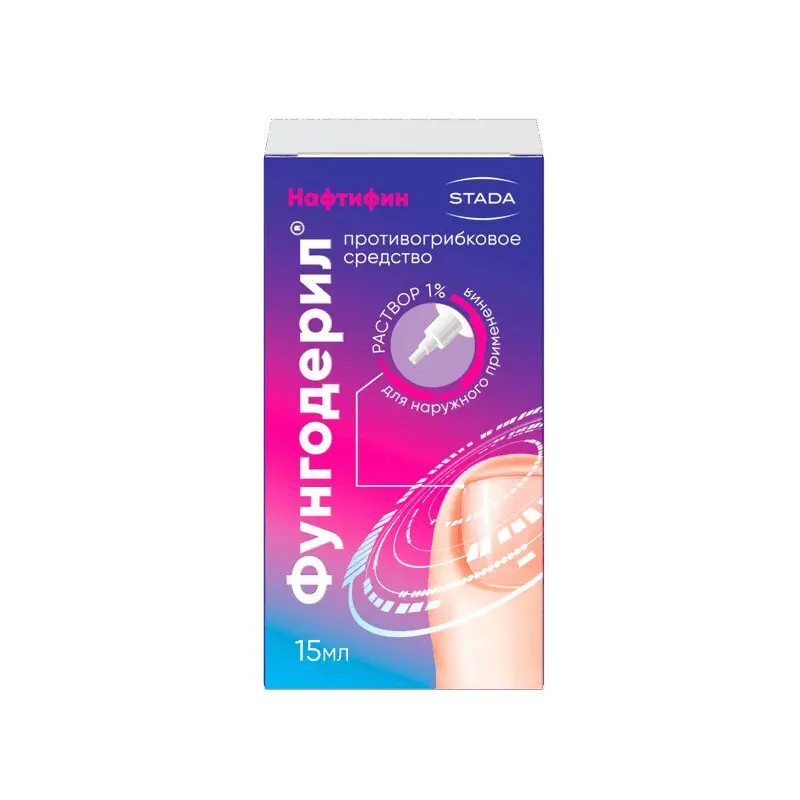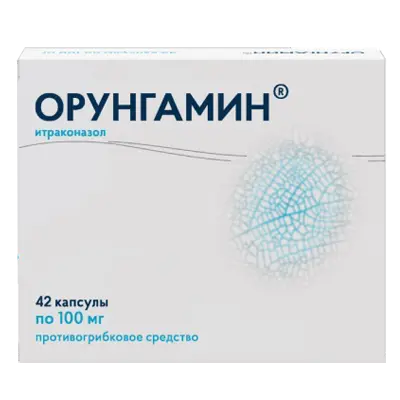Description
Metronidazole Pharmacodynamics
Antiprotozoal and antimicrobial drug, a derivative of 5-nitroimidazole. Mechanism of action consists in biochemical reduction of the 5-nitrogroup of metronidazole by intracellular transport proteins of anaerobic microorganisms and protozoa. The reduced 5-nitrogroup of metronidazole interacts with the DNA of the microbial cell, inhibiting the synthesis of their nucleic acids, which leads to the death of the bacteria. It is active against Trichomonas vaginalis, Entamoeba histolytica, Giardia intestinalis, Lamblia spp. and also® obligate anaerobes Gardnerella vaginalis, Bacteroides spp. (including Bacteroides fragilis, Bactemides distasonis, Bacteroides ovatus, Bacteroides thetaonvcron, Bacteroides vutgatus), Fusobacterium spp, Veillonella spp., Prevotella (Prevotella bivia, Prevoteiia buccae, Prevotella disiens) and some Gram-positive microorganisms (Eubacterium spp., Clostridium spp., Paptococcus spp., Peptostreptococcus spp.) The minimum suppressive concentration for these strains is 0.125-6.25 µg/ml.
In combination with amoxicillin it shows activity against Helicobacter pylori (amoxicillin suppresses development of resistance to metronidazole).
Aerobic microorganisms and facultative anaerobes are insensitive to metronidazole, but in the presence of mixed flora (aerobes and anaerobes) metronidazole acts synergistically with antibiotics effective against common aerobes. It increases the sensitivity of tumors to irradiation and causes disulfiram-like reactions.
Indications
– Infections caused by Bacteroides spp. (including Bacteroides fragilis, Bacteroides distasonis, Bacteroides ovatus, Bacteroides thetaiotaomicron, Bacteroides vulgatus): bone and joint infections, central nervous system (CNS) infections, including meningitis, brain abscess, bacterial endocarditis, pneumonia, empyema and abscesses, sepsis;
– Infections caused by Clostridium spp., Peptococcus and Peptostreptococcus species: abdominal infections (peritonitis, liver abscess), pelvic infections (endometritis, endomiometritis, fallopian tube and ovarian abscess, vaginal abscess infections);
– Pseudomembranous colitis (associated with antibiotic use);
– Gastritis or duodenal ulcer associated with Helicobacter pylori,
– Prevention of postoperative complications (especially interventions on the colon, pararectal area, appendectomy, gynecological operations;
– Radiotherapy of patients with tumors – as a radiosensitizing drug, in cases where the resistance of the tumor is due to hypoxia in the tumor cells.
Contraindications
Hypersensitivity to metronidaeol, other 5-nitroimidazole derivatives, other components of medicine; organic lesions of central nervous system (including epilepsy); leukopenia (including in anamnesis); hepatic insufficiency (in case of high doses); 1st trimester of pregnancy; breast-feeding period. With caution II-III trimesters of pregnancy; renal and/or hepatic failure; acute and chronic diseases of the peripheral and central nervous system (risk of increased neurological symptoms).
Application in pregnancy and during breast-feeding
Metronidazole is contraindicated in the first trimester of pregnancy. Administration in II and III trimesters is possible in cases when the expected benefit to a mother exceeds the potential risk to a fetus. Breast-feeding should be stopped during treatment with metronidazole.
Dosage and administration method
- Intravenously, dropwise. The rate of administration is 5 ml/min. Intravenous administration of metronidazole is indicated in severe infections, as well as in the absence of the possibility of oral administration. When indicated, switch to oral administration of metronidazole in the appropriate dosage form.
- Treatment of infections caused by anaerobic microorganisms For adults and children over 12 years of age.
- The following treatment regimens:
1) In an initial dose of 500-1000 mg, then 500 mg every 8 hrs.
2) In an initial dose of 15 mg/kg body weight, a maintenance dose of 7.5 mg/kg body weight every 6 h for 3 days, then the same dose every 12 h.
3) 500 mg every 8 hours. - The course of treatment is 7 days. If necessary, intravenous administration is continued for a longer period. Maximum daily dose is 4 g.
- Children under 12 years of age: 7.5 mg/kg body weight every 8 hours for 3 days, then the same dose every 12 hours. The course of treatment is 7 days.
- Newborns with gestational age less than 40 weeks should have their plasma concentrations of metronidazole monitored.
- For prevention of postoperative anaerobic complications.
- In adults and children over 12 light 15 mg/kg body weight per day as a single dose, infusion should be completed 1 hour before surgery; 7.5 mg/kg body weight can be administered 6-8 and 12-16 hours after surgery, if necessary. After 1 to 2 days, switch to oral maintenance therapy.
- In children under 12 years of age: the administration regimen is the same as described above, but the single dose is 7.5 mg/kg body weight.
- Pseudomembranous copitis associated with the use of antibiotics
Adults: 500 mg 3-4 times a day.
Gastritis or duodenal ulcer associated with Helicobacter pylori Adults: 500 mg 3 times daily in combination therapy. - As a radio stabilizing medicine.
Adults: 160 mg/kg of body weight or 4-6 g/m2 of body surface 0.5-1 hour before irradiation. It is used before each session of irradiation for 1-2 weeks. Metronidazole is not used during the remaining period of radiotherapy. Maximum single dose should not exceed 10 g, course – 60 g. - Administration in renal dysfunction: renal dysfunction has no significant effect on pharmacokinetic parameters of metronidazole, therefore the drug dose should not be changed. The daily dose of the preparation should be reduced twice in patients with severe renal function impairment who are not on hemodialysis in creatinine clearance less than 10 ml/min.
- Hemodialysis. Metronidazole and its metabolites are well excreted by hemodialysis. Since during hemodialysis the elimination half-life is sharply reduced (up to about 3 hours), in some cases, it may be necessary to administer additional drug.
- In severe liver disease: metronidazole is metabolized more slowly. Because of this, metronidazole and its metabolites may accumulate in the blood plasma. In these cases, the dose and intervals between injections should be adjusted according to the severity of liver damage.
- Elderly patients: in elderly patients the pharmacokinetics of metronidazole may vary, therefore it may be necessary to monitor the plasma concentrations of metronidazole.




